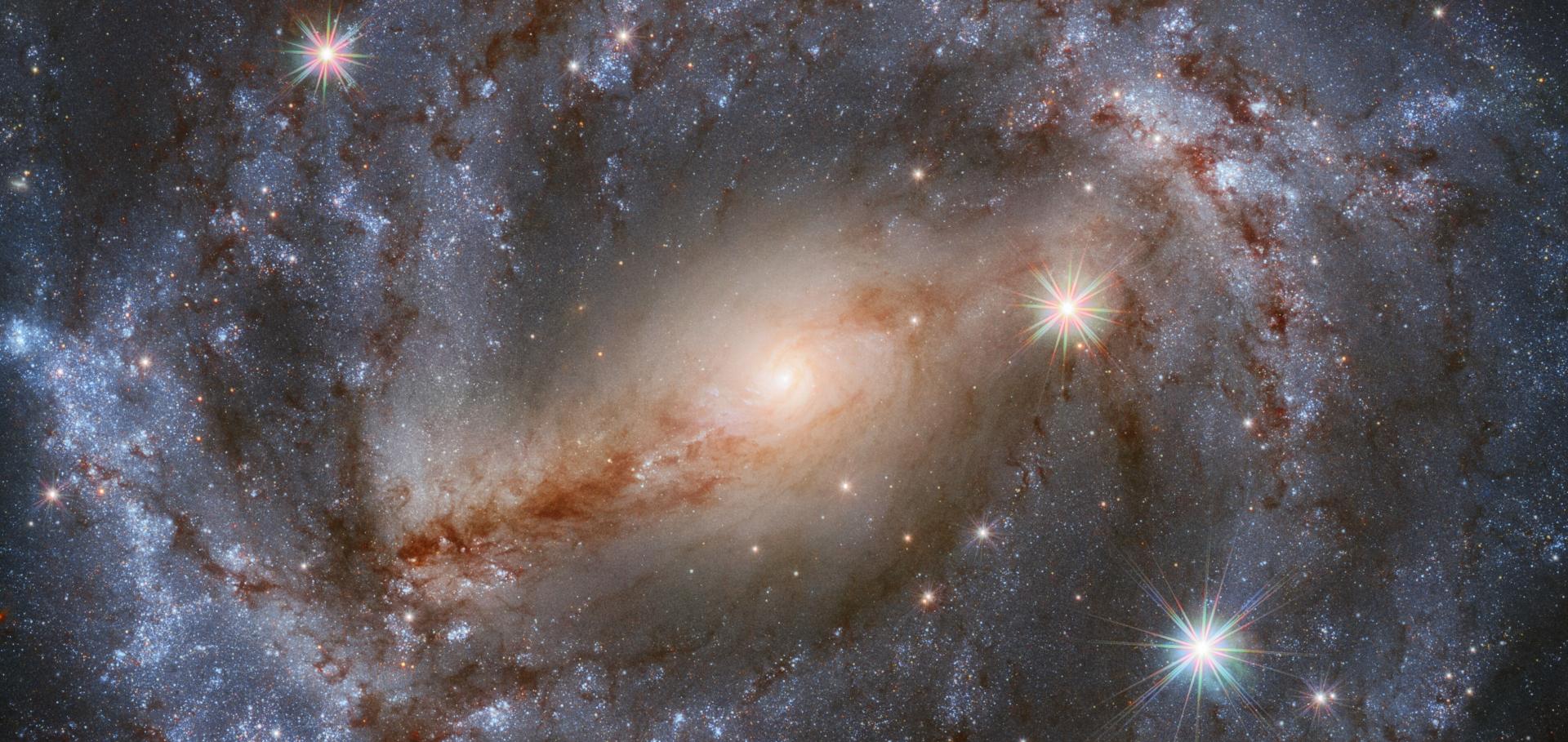Low-power jet–interstellar medium interaction in NGC 7319 revealed by JWST/MIRI MRS
Astronomy & Astrophysics EDP Sciences 665 (2022) l11
A technique to select the most obscured galaxy nuclei
Astronomy & Astrophysics EDP Sciences 663 (2022) a46
Probing computational methodologies in predicting mid-infrared spectra for large polycyclic aromatic hydrocarbons
Monthly Notices of the Royal Astronomical Society Oxford University Press (OUP) 513:3 (2022) 3663-3681
On the viability of determining galaxy properties from observations I: Star formation rates and kinematics
Monthly Notices of the Royal Astronomical Society Oxford University Press 513:3 (2022) 3906-3924
Abstract:
We explore how observations relate to the physical properties of the emitting galaxies by post-processing a pair of merging z ∼ 2 galaxies from the cosmological, hydrodynamical simulation NEWHORIZON, using LCARS (Light from Cloudy Added to RAMSES) to encode the physical properties of the simulated galaxy into H α emission line. By carrying out mock observations and analysis on these data cubes, we ascertain which physical properties of the galaxy will be recoverable with the HARMONI spectrograph on the European Extremely Large Telescope (ELT). We are able to estimate the galaxy’s star formation rate and dynamical mass to a reasonable degree of accuracy, with values within a factor of 1.81 and 1.38 of the true value. The kinematic structure of the galaxy is also recovered in mock observations. Furthermore, we are able to recover radial profiles of the velocity dispersion and are therefore able to calculate how the dynamical ratio varies as a function of distance from the galaxy centre. Finally, we show that when calculated on galaxy scales the dynamical ratio does not always provide a reliable measure of a galaxy’s stability against gravity or act as an indicator of a minor merger.Unveiling the main sequence to starburst transition region with a sample of intermediate redshift luminous infrared galaxies
Monthly Notices of the Royal Astronomical Society Oxford University Press (OUP) 512:2 (2022) 2371-2388


